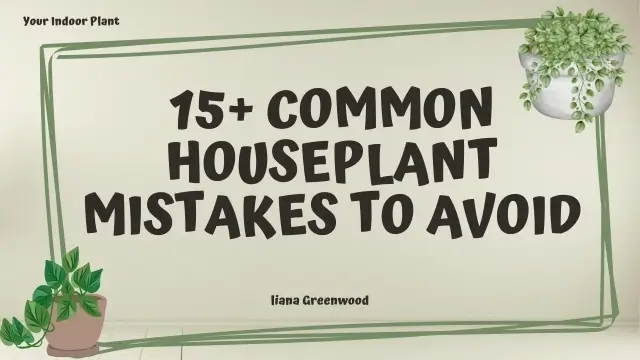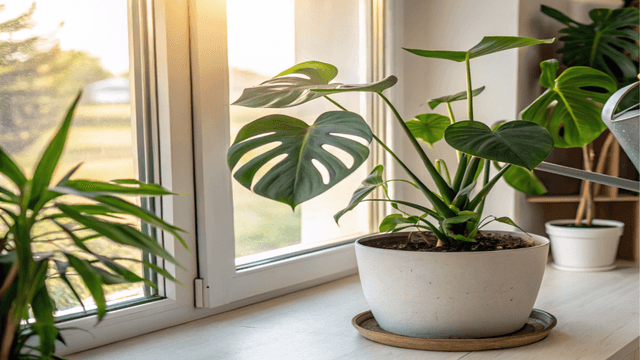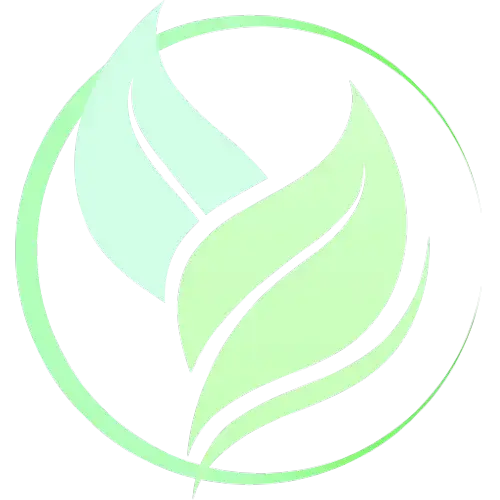15+ Houseplant Mistakes Killing Your Plants (Quick Fixes)

Have you ever done everything “right” for your plant—only to watch it decline anyway? Maybe the leaves start to yellow, curl, or crisp at the edges, and you’re left wondering what went wrong. I’ve been there too.
My Philodendron gloriosum looked perfect on paper: regular watering, dappled light, daily misting. But it started fading fast. The real issue? I’d used the wrong soil—too dense, too soggy, and totally unsuitable for a crawling aroid with delicate, air-hungry roots.
That plant taught me one of the most valuable lessons in mindful growing: even experienced plant parents make subtle mistakes. And often, it’s those small, overlooked details that make the biggest difference.
Whether you’re tending your first pothos or nurturing a rare collection, chances are you’ve made a few missteps along the way. In this guide, I’ll walk you through some of the most common houseplant mistakes to avoid—ones I’ve seen often in my own journey and while helping others troubleshoot their plant care routines.
From watering and light to soil, humidity, and repotting, we’ll explore simple, gentle ways to get your plants back on track—without stress or guilt. Because every thriving plant starts with a little more understanding.
💧 Watering Mistakes (The #1 Houseplant Killer)
Mistake #1: Overwatering Soggy soil suffocates roots. Signs include yellowing, drooping leaves, and a foul smell. Always check soil an inch down before watering. For sensitive plants like Philodendrons or Alocasias, use a moisture meter.
Mistake #2: Underwatering Drooping leaves, crisp tips, and stalled growth often mean underwatering. Match watering to plant type—not a fixed schedule. Tropical plants like Calatheas need consistent moisture; succulents prefer to dry out completely.
Mistake #3: Tap or Cold Water Chlorine, fluoride, and cold temps stress tropical roots. Let water sit out or use rainwater, and always water with room-temp water.
🔗 Having drainage problems? Check out our full guide on Monstera Drainage Hacks.

☀️ Light & Location Mistakes
Mistake #4: Styling Before Light Matching Placing plants in the wrong light for aesthetics causes stress. Match plant to window orientation and actual light levels. Variegated plants like Monstera albo need bright, indirect light.
Mistake #5: Not Knowing Window Orientation North-facing = low light; South = strong light. East = gentle morning sun; West = hot afternoon rays. Know your window directions!
Mistake #6: Heaters, ACs, & Drafts Keep plants away from direct airflow or cold windowsills. Tropical plants dislike extremes.
🌬️ Air, Humidity & Seasonal Mistakes
Mistake #7: Ignoring Humidity Tropicals thrive at 50–80% humidity. Use a hygrometer, humidifier, or create microclimates.
Mistake #8: Not Adjusting for Seasons In winter, reduce watering and avoid fertilizing. Mark seasonal shifts to reassess care routines.
Mistake #9: Not Grouping Plants Group tropicals together to boost ambient humidity naturally and simplify care.
🌱 Soil, Pot & Repotting Mistakes
Mistake #10: Wrong Soil Mix One-size-fits-all soil doesn’t work. Use chunky aroid mixes for plants like Monstera or Philodendron.
Mistake #11: Not Repotting When Rootbound Roots poking out or water rushing through too fast? Time to size up.
Mistake #12: No Drainage Holes Decorative pots with no holes cause root rot. Always use pots with proper drainage or cachepots.
🔗 Need a full breakdown? Here’s how to repot a Monstera step by step.
🩹 Maintenance Mistakes
Mistake #13: Skipping Leaf Cleaning Dust blocks light. Wipe down leaves every 2–3 weeks with a damp cloth.
Mistake #14: Forgetting to Fertilize Use a gentle organic fertilizer every 4–6 weeks in the growing season. Avoid in winter.
Mistake #15: Ignoring Early Pest Signs Sticky residue or yellow spots = trouble. Treat early with neem oil or insecticidal soap.
🌸 Rare & Collector Plant Mistakes
Mistake #16: Expecting Fast Growth Slow-growing species (Monstera albo, Spiritus-sancti) need patience and consistency—not constant change.
Mistake #17: Using Generic Advice on Rare Plants Rare plants often need custom care. Always research their native environment.
Mistake #18: Hoping Plants “Adapt” to Bad Conditions Tailor your space to the plant’s needs—not the other way around.
🔗 Want more rare plant care? Check out our guide: Rare Plant Care Made Easy.

Final Thoughts: Houseplant Wisdom Comes With Experience
If there’s one thing I’ve learned after years of growing rare tropicals, it’s this: the happiest plants aren’t with perfect people. They’re with mindful, curious growers who pay attention, make adjustments, and learn from the little things.
Whether you’re nurturing a beginner pothos or curating velvety anthuriums, every mistake is a step toward mastery. Your plants don’t need perfection. They need presence.
FAQs
-
How do I know if I’m overwatering or underwatering?
Overwatering = yellow, limp leaves and soggy soil. Underwatering = crispy edges and drooping.
-
Do all houseplants need drainage holes?
Yes—especially tropicals. Use cachepots if you want decorative covers.
-
Should I fertilize in winter?
Only if you’re using grow lights and maintaining active growth. Otherwise, wait until spring.
-
What kind of water is best for Calatheas?
Rainwater, distilled, or filtered water works best to avoid tip burn from chemicals.
-
What’s the best soil mix for Philodendron?
Chunky aroid mix: orchid bark, perlite, coco coir, and worm castings.
🌿 Craving more plant wisdom? Subscribe to the Your Indoor Plant newsletter and get rare tips straight from my grow room in Portland.
